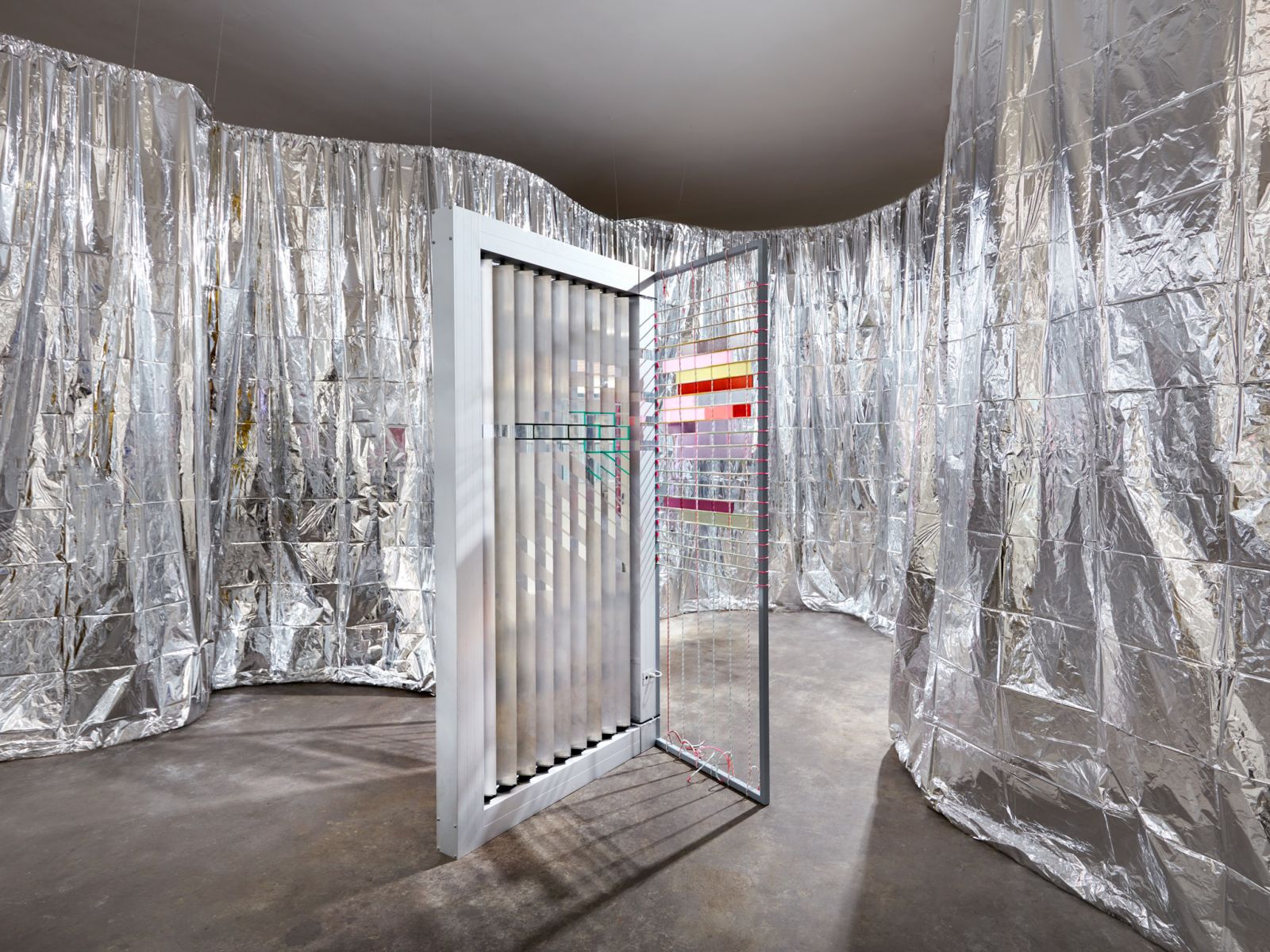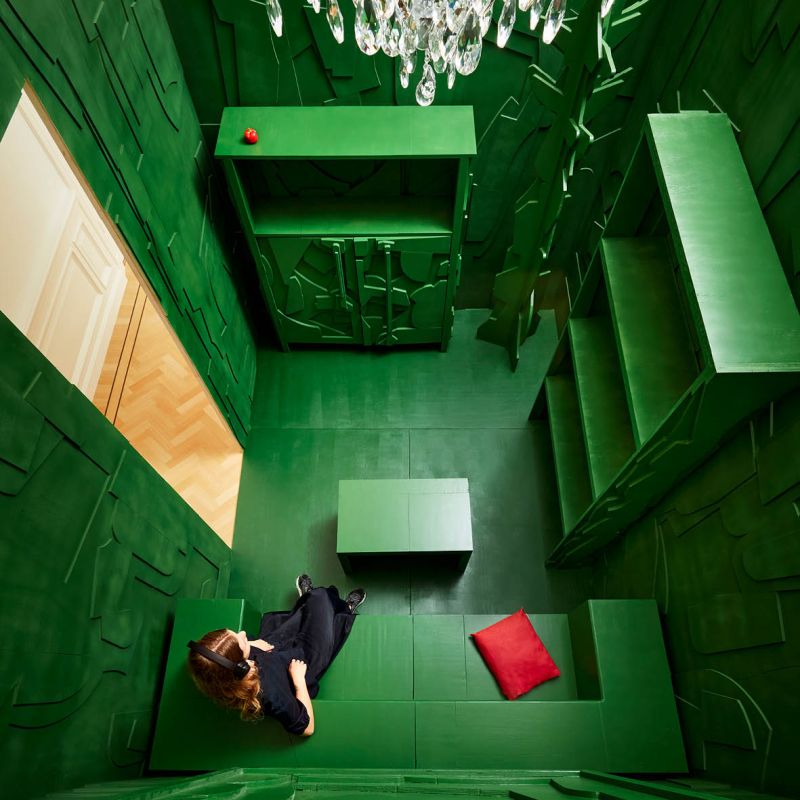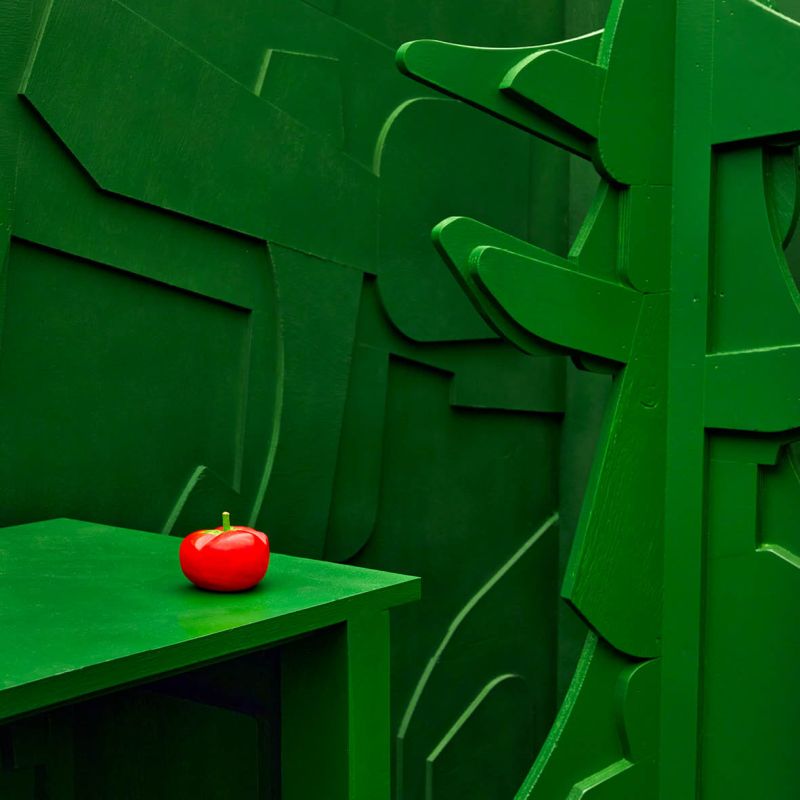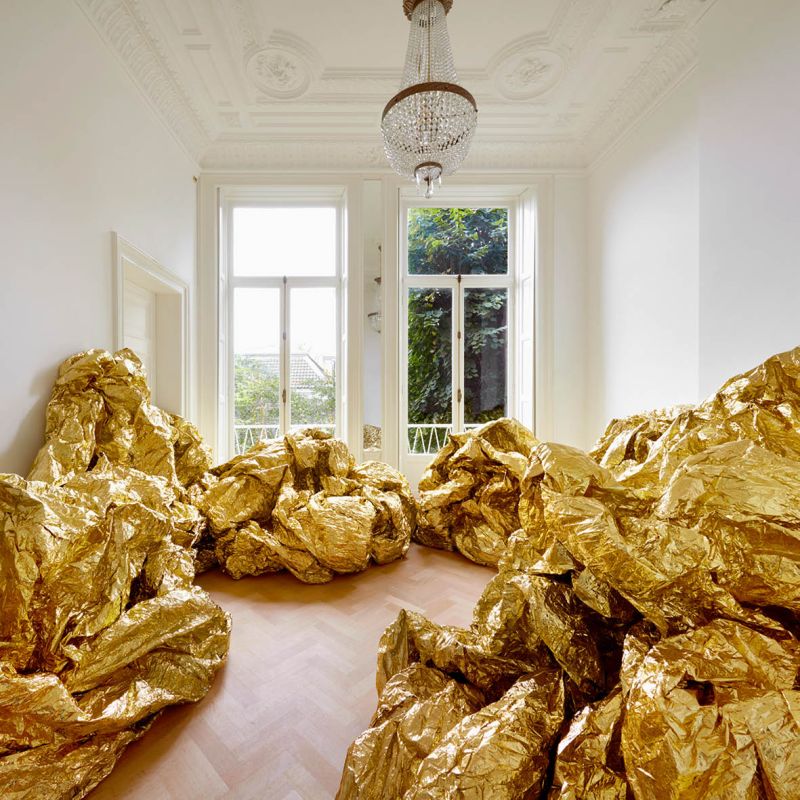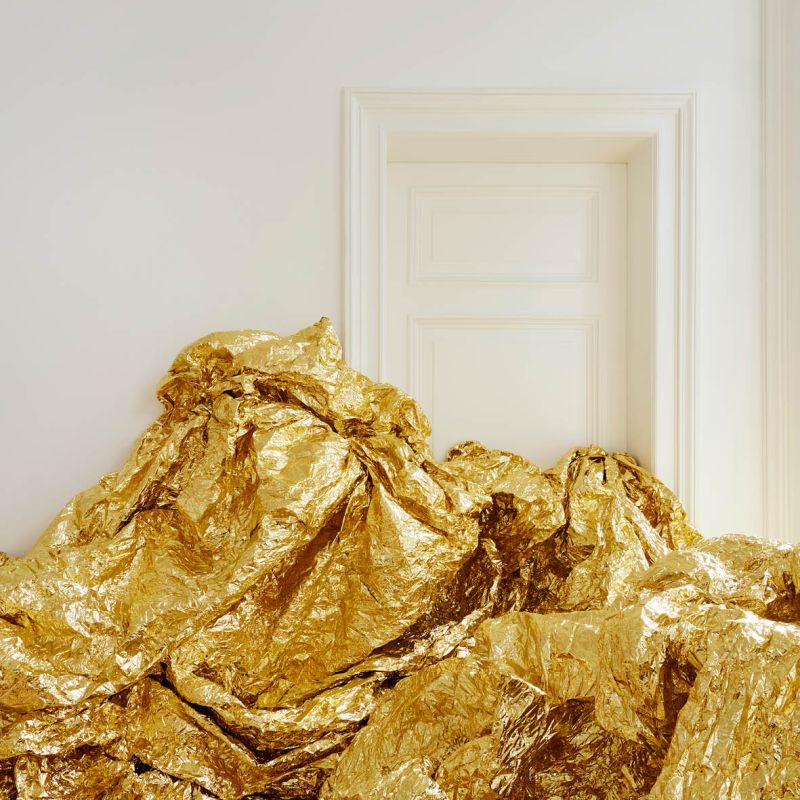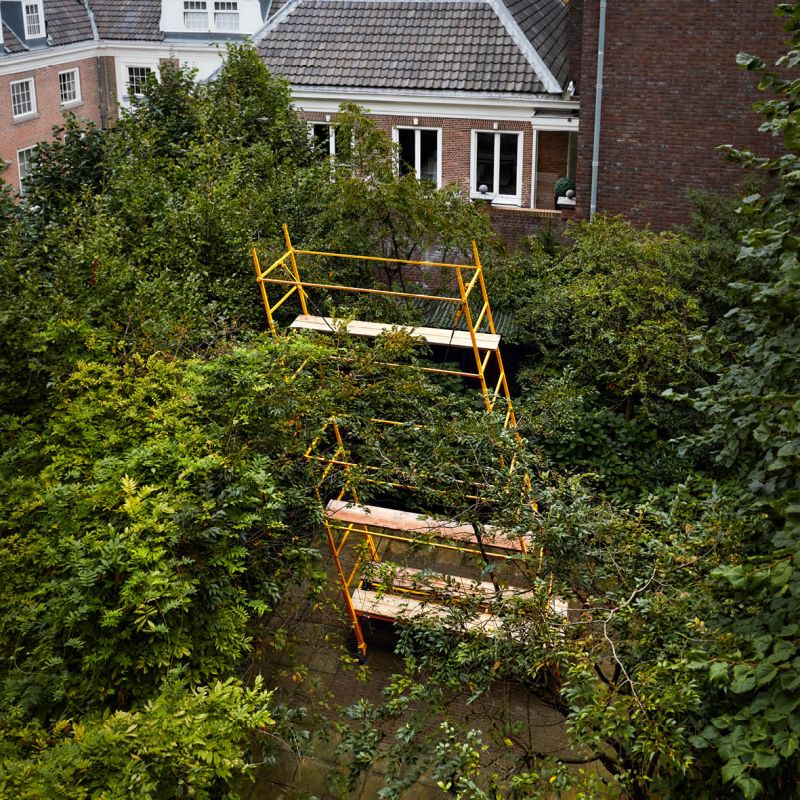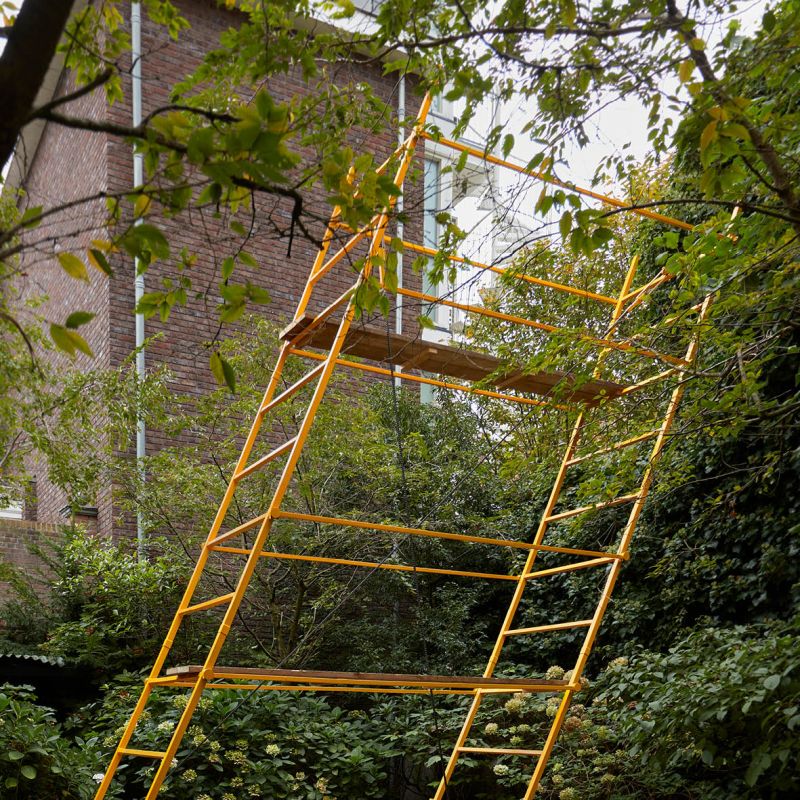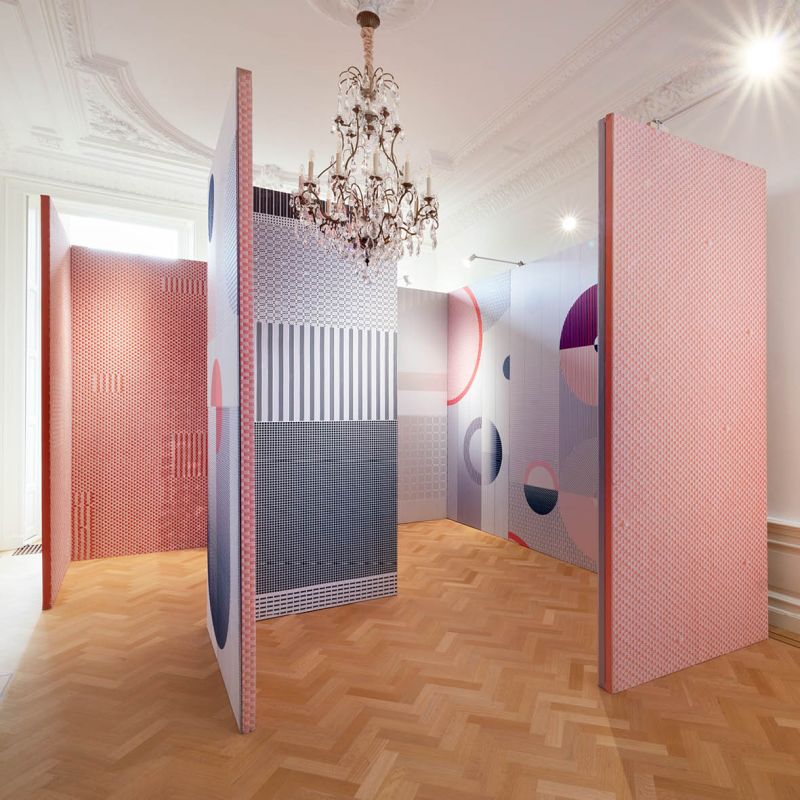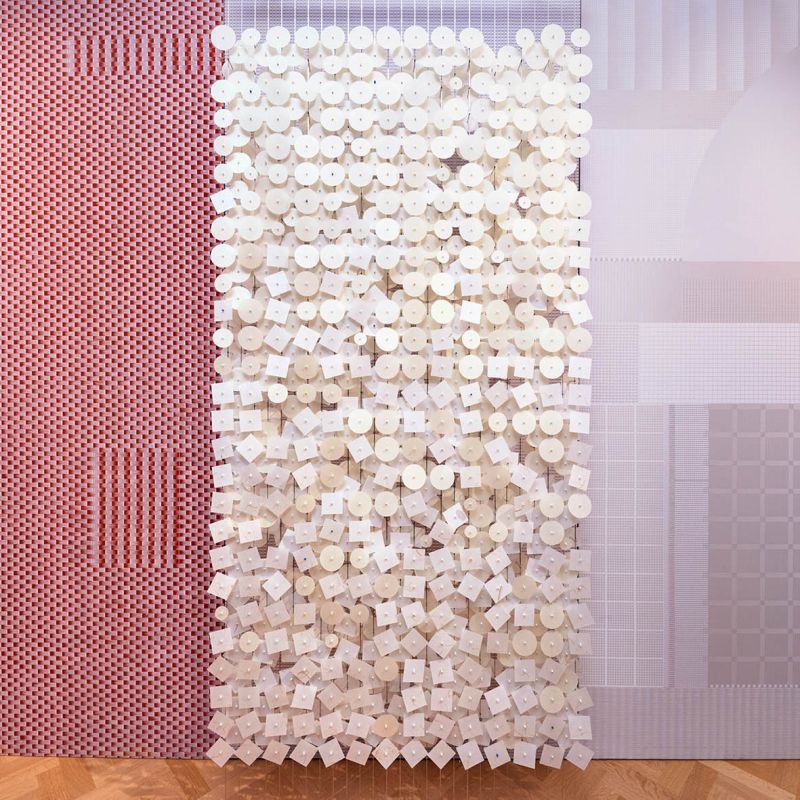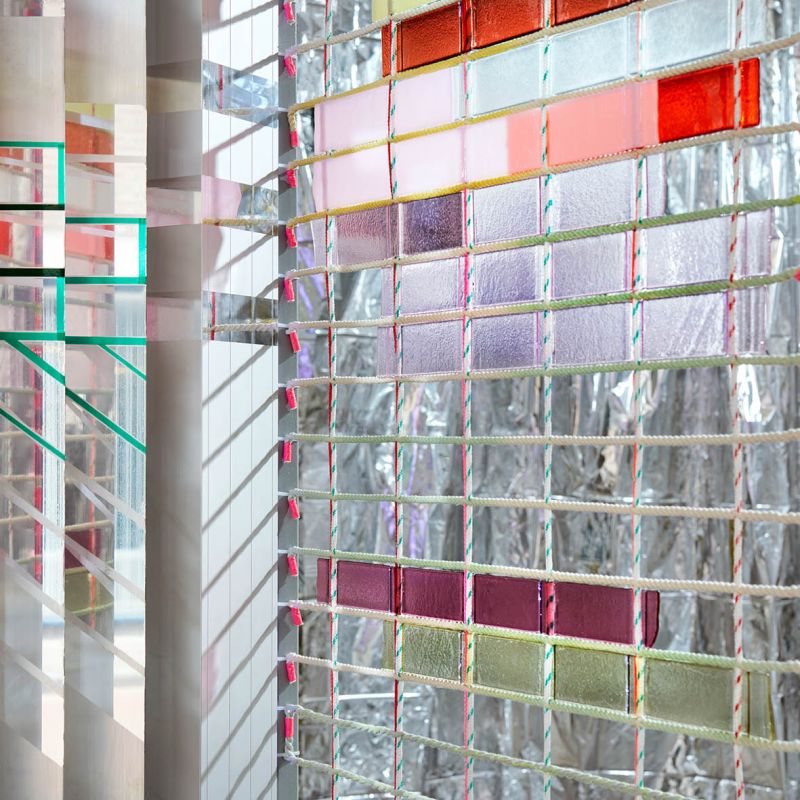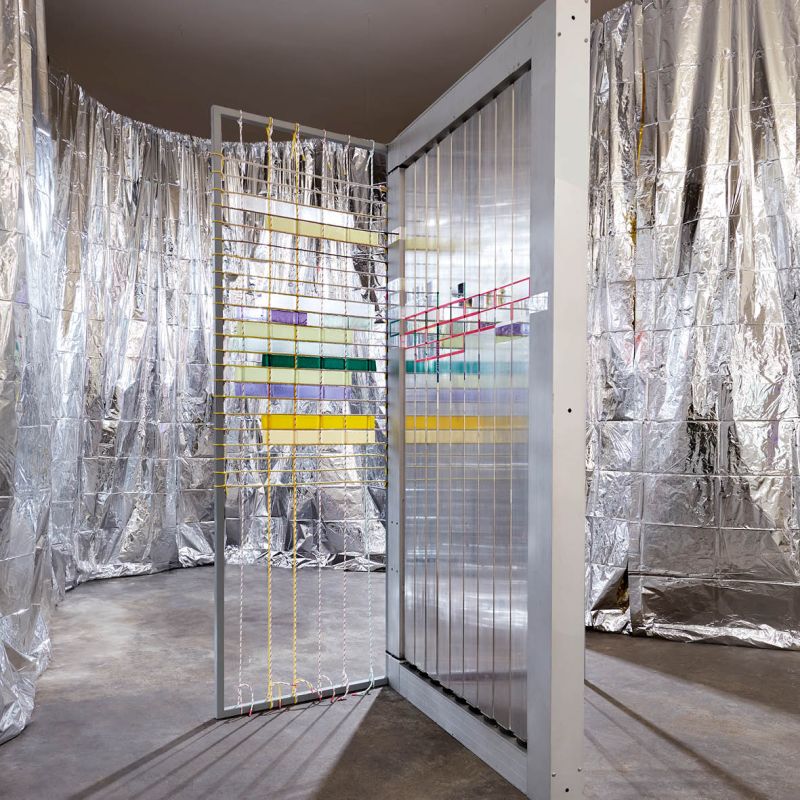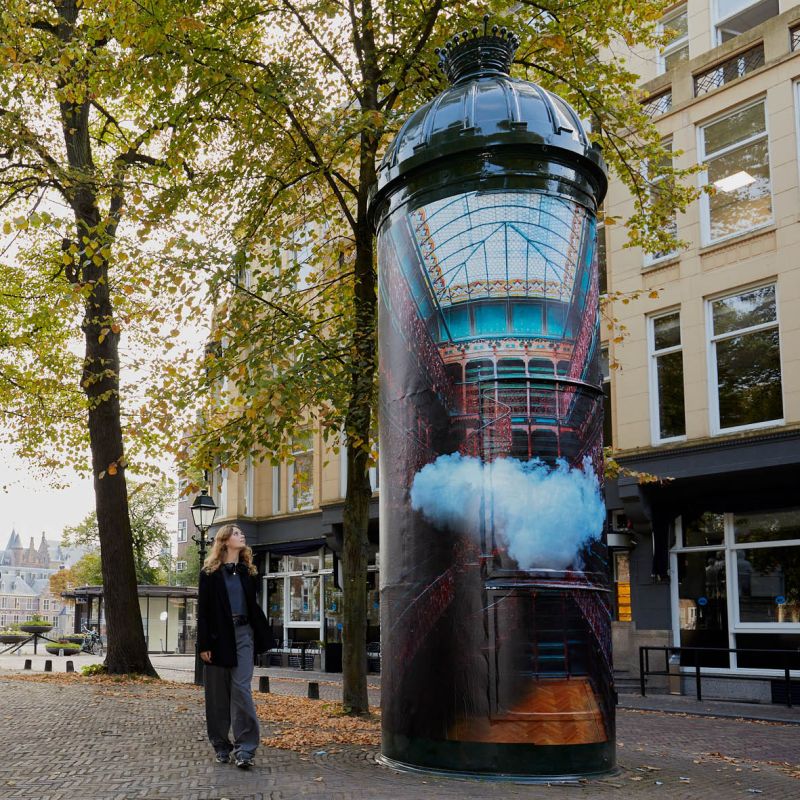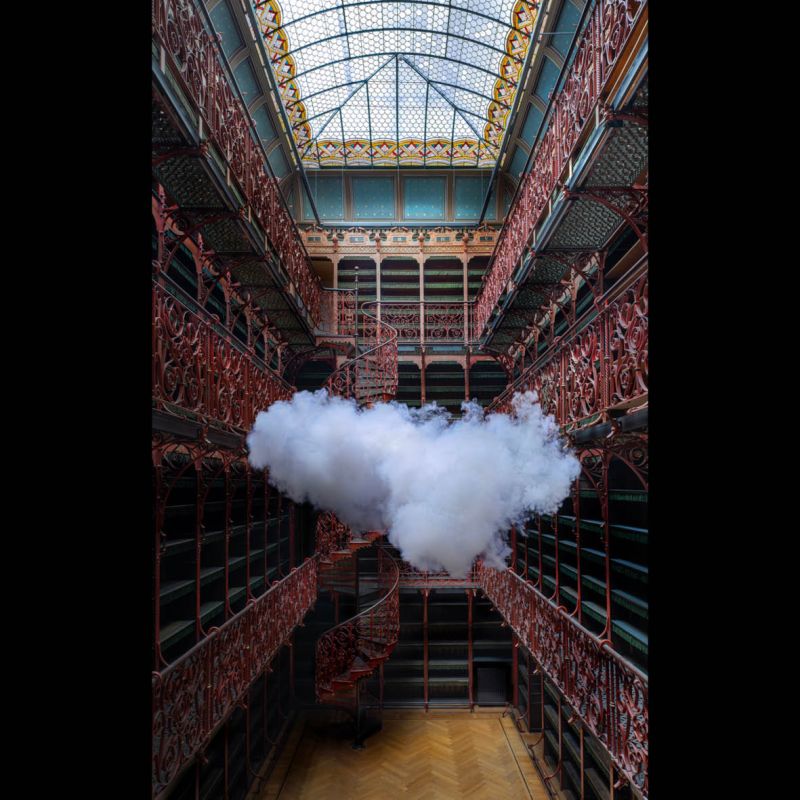MC's Mindgames
Experience art like never before
Escher’s art continues to fascinate. The Escher Year offers a good reason to breathe new life into the magical universe of Martinus Cornelis Escher. Curator Mary Hessing from BinnenhofBuiten selected seven young artists and collectives to shape their fresh visions: Teun Zwets, Alissa + Nienke, Iris Toonen, Leon de Bruijne and Willem van Doorn, Grietje Schepers, and Berndnaut Smilde. The surprising installations, on show from 6—29 October, together form an exhibition at various monumental locations in The Hague’s Museum Quarter. The locations opened their doors especially for MC’s Mindgames.
MC’s Mindgames is a production of BinnenhofBuiten, a project of The Hague & Partners for the municipality of The Hague. BinnenhofBuiten produces events, exhibitions and promotions in Museumkwartier The Hague during the renovation of the Binnenhof.
Creatives such as Grietje Schepers, who studied at the Design Academy Eindhoven, usually think ‘conceptually’. That attitude usually leads to unusual solutions. These can sometimes take the form of functional products, but often also tend towards visual art. Grietje Schepers developed a great talent for transforming a small thought into a grand gesture. With a keen eye for material, color and experiment, she creates monumental installations that almost overwhelm the visitor with strong colors and spatial effect.
Sleeping Gold 2.0 seems to breathe and looks like a fantasy natural phenomenon. Schepers exhibited earlier variants at Zero Power Smart Fashion in New York and the Museum of Craft and Design San Francisco.
Kinetic art is back. The idea of making art objects move could easily have come from Leonardo da Vinci. Yet, it took another five centuries until Marcel Duchamp’s bicycle wheel (meant to turn) shocked the art scene in 1913. That’s more than a century ago. It will never become mainstream. Electric motors, chains, bricks, pneumatic cylinder, tiles, gears, electronics. What sounds like the inventory of a garage is a list of everyday parts and tools that Dutch artists Leon de Bruijne and Willem van Doorn need to create kinetic art.
Besides the fact that this ‘scaffolding’ is a rare object, it is also a performance and, as far as one is allowed to state that about art: great fun.
At the 2022 Milan Salone, Alissa + Nienke’s installation surprised with their mix of ethereal futurism and tactile craftsmanship. The young designers are inquisitive makers who integrate technical solutions into their textile and interior assignments. Recently they developed sun protection for the Ministry of Culture and Science that responds to sunlight and opens and closes like a flower. They also enjoy working for healthcare institutions where patients clearly respond positively to a tactile environment.
Alissa + Nienke believe that the sensory experience of a space is often underestimated. Perhaps subconsciously, for example, sound characterizes the experience of architecture, just like color or a specific finish may.
Weaving is as old as the world but is also highly future-proof. An almost infinite wealth of colors, materials and patterns exert enormous appeal on innovative minds like that of Iris Toonen. As a textile designer, Toonen experiments with the constructive properties of weaving and building. Her recent installations, called ‘Woven Bricks’, present a fusion of soft and hard elements: fabrics of wool and steel combined with glass building blocks. The image is unusual and recognizable: a grid of wires supports a masonry bond of reflective glass bricks.
‘Nimbus’ a cloud as a temporary sculpture has grown into an icon of contemporary art. With a long row of exhibitions in London, Perth, Arnhem, Bristol and Landskrona (among others) Berndnaut Smilde is extremely successful with his poetic interventions in space. The Groningen artist made his breakthrough with 'Nimbus', which Time Magazine praised as one of the best inventions of 2012. Smilde manages to make a small, perfectly white cloud float in the middle of a room. That is also a matter of precision: temperature, humidity and lighting must be coordinated. If the parameters are correct, Berndnaut conjures up a cloud in space with a smoke machine. It is breath taking.

